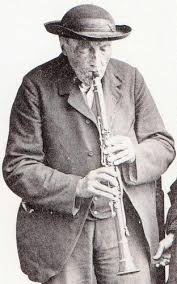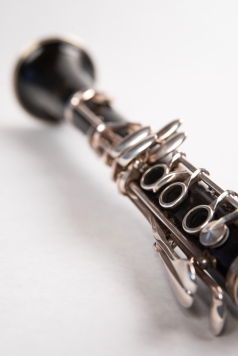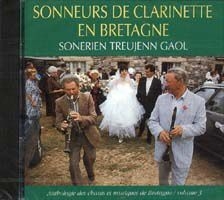When it comes to Breton music, the clarinet is not the instrument that immediately comes to mind. And yet, Brittany is a land of clarinet players remaining rather anonymous.

A pretty ancient practice
The use of the clarinet in Brittany has been quite common since the beginning of the 20th century. The clarinet is not played everywhere but mainly in the east of “Ille et Vilaine” and in Central Brittany.
It is there, in an area made up of “Trégor”, “Haute Cornouaille”, the Loudéac area and Eastern “Le Mené” that the tradition of clarinet players is concentrated.
In “Trégor”, the practice of the clarinet is like the fiddle and the hurdy-gurdy, very present until the First World War. Then, almost everywhere, the accordion makes its appearance and supersedes the clarinet.
Central Brittany is the real breeding ground for clarinetists. It was the king instrument between the mid-19th and 20th centuries. Its practice is very popular and is played a lot today in the area of Loudéac.
The peculiarity of the clarinet is also to be able to reproduce the singing techniques of Kan ha diskan, probably the reason for part of its success.

Treujenn gaol or Tronc d´Chou - Trunk of cabbage
Called Treujenn Gaol in Brittany and Tronc d´Chou in Gallo country, the clarinet was not always the 24-key Boehm-type instrument used by all musicians today. At the start of the 20th century, many clarinets only had 13 keys (or even less). The peculiarity of these clarinets was that they were non-equal temperament, that is to say that the interval between the notes did not correspond exactly to a tone or a semitone. And that was rather the standard in Brittany. You have to listen to Marie Joseph Bertrand singing to fully understand it.
On the other hand, the 24-key clarinet is of equal temperament. It was not until the post-war period that this type of clarinet also found its place in Brittany.
The clarinet is an instrument with a cylindrical bore. It is also said to “play Fifths" so octave notes are not the reproduction of bass fingering, unlike the bombarde or the saxophone.
"Sonneurs de clarinette en Bretagne" - Clarinet players in Brittany
This is the name of an anthology CD published by Dastum with recordings of trad players from Brittany who made - and still make - dancers vibrate and brides cry.
Some players passed away such as Iwan Thomas, Félix and Hyacinthe Guégan, Yves Leblanc and Eugène Gicquel.
But others like Christian Duros, Dominique Jouve, Erik Marchand, Olivier Urvoy and Goulc’hen Malrieu... took over in the festoù noz - breton night of dances - all around Central Brittany.
Melodies, “marches” and dances from upper and lower Brittany illustrate this exceptional opus.
